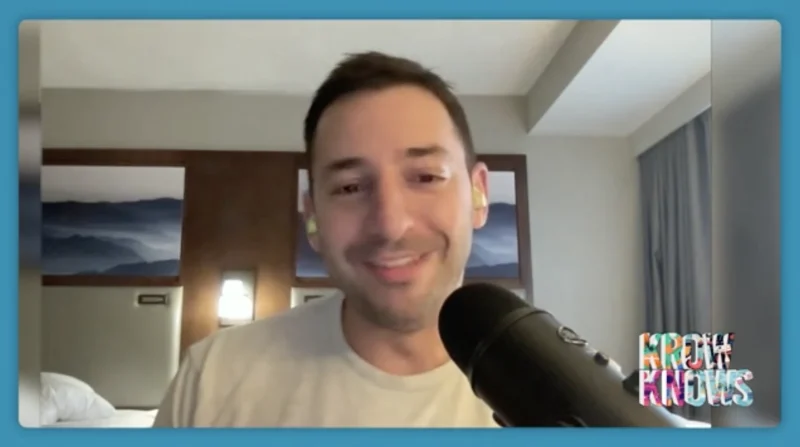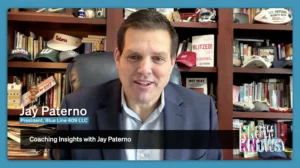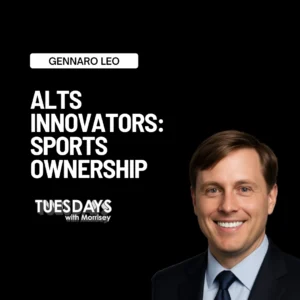Is AI in Hollywood a Creative Ally or Adversary? Actor Tom Schanley’s Take
The Writers Guild of America’s (WGA) new contract with the Alliance of Motion Picture and Television Producers introduces groundbreaking rules regarding Artificial Intelligence (AI) in Hollywood. It prohibits the use of AI for writing or rewriting scripts, mandates studios to disclose any AI-generated material to writers, and prevents the use of writers’ scripts for AI training without consent.
At the same time, the prolonged strike by the Screen Actors Guild – American Federation of Television and Radio Artists (SAG-AFTRA) culminated in an agreement that mandates actor approval and fair remuneration for the use of their digital likenesses. This agreement is a critical development in the ongoing discourse about the ethical use of AI and the concept of ‘synthetic performers’ in the entertainment industry. It represents a crucial effort to safeguard artistic authenticity while ensuring the rights and welfare of industry professionals.
In light of the recent agreements by the WGA and SAG-AFTRA addressing AI’s role in scriptwriting and the ethical use of digital likenesses, there is a growing emphasis on the importance of maintaining a human touch in storytelling amidst technological advancements. How will these new guidelines shape the future of storytelling in cinema, balancing the innovative potential of AI with the essential human essence that defines the art form?
Tom Schanley, Film & Television Actor, offers a nuanced perspective on AI in Hollywood. He highlights the need for a delicate balance between embracing technological advancements and safeguarding the irreplaceable human touch in storytelling.
“Right now, it’s a tool, and it can be a really useful tool, as long as the humans, the creatives guide it… You kind of lose something when everything can be done, you know, with technology,” Schanley said.
Article written by Sonia Gossai








